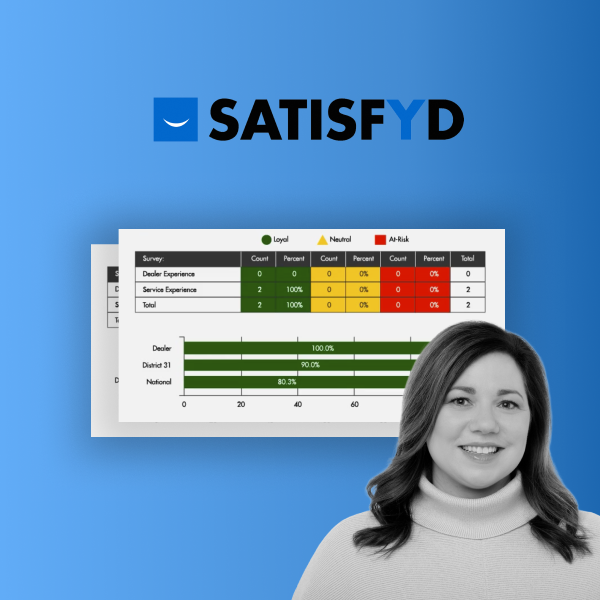The overall performance of your supply chain can be measured by examining three key questions:
- Is the supply chain acquiring the things your organization needs?
- Is it providing customers with the things they need?
- And is it doing it all in the right time and for the right price?
To find the answers, there are several key performance indicators (KPIs) you should be monitoring. And the first place you should focus is inventory. Inventory ensures that businesses are able to deliver what customers want, when they want it. But how do you strike the fine balance between having enough and having too much?
Holding inventory is costly. There are opportunity costs, since that capital can't then be invested elsewhere. Then there’s the costs for warehouses, staff, electricity, and so on to store the inventory. Finally, inventory is a risky investment. If demand shifts before the entire inventory has been sold, the remaining items in stock may be drastically reduced in value and have to be sold at a discount. Or worse, not sold at all.
The right KPIs, though, will help manage this risk. Let’s take a look at the first three today.
1. Inventory turns or inventory days on hand
This KPI measures how well an organization moves inventory. Simply put, it shows how often the organization has sold the entire value of its inventory over the course of the year. A related perspective is given by inventory days on hand, which shows how many days it would take to deplete the average inventory kept by the organization.
Obviously, the faster an organization is able to move inventory, the lower its total inventory carrying costs will become, since the organization will be more capable of selling its inventory at the full price instead of having to discount it when it becomes obsolete. Furthermore, keeping the inventory in the warehouse for a shorter period of time means less costs for electricity, cooling, and inventory staff for each item.
This KPI is likely to vary considerably across industries. If you’re trying to set a target for inventory turns, look to benchmark against comparable companies in the same industry or its own past performance.
2. Backorder percentage
Also known as “fill rate,” this is the percentage of all orders that can't be filled at the time the order is placed. Think of it as the percentage of orders that can be filled at the time they are placed.
The importance of this KPI depends on the time sensitivity of your industry. In other words, how quickly and easily can your customers find an alternative supplier? For a supermarket, even a tiny percentage of backorders on staples such as milk or bread can lead to a loss of customers, since these customers usually need the item immediately and have other options to get it.
This can also be the case for suppliers of critical components to business customers. No matter what they’re buying, no customer likes to wait, but an organization should carefully consider the actual consequences of keeping its customers waiting.
3. Inventory service level
The inventory service level denotes the ability to service incoming orders from stock. The relationship between amount of inventory and service level is not linear. Even small increases in an already high service level can necessitate a doubling of the amount on stock, for example.
Mathematically speaking, an inventory service level of 100 percent requires an infinite amount on stock. Organizations must therefore carefully consider the costs of lost orders from customers that cannot be served from stock when determining their inventory service level.
When assessing performance of the inventory service level, it's not only important to look at whether the target service level was met, but if it was exceeded. If an organization's customers are happy with a 95 percent inventory service level and the service level is not a competitive parameter, expending resources to reach 99% might not be the right decision.
One solution to cover all analytics and reporting needs
From our review of key measures of inventory performance, it is clear that in order to drive improvement in this area, an organization must not only have access to inventory data in a clear and consistent form, but also a robust understanding of what its customers want.
A BI system can present inventory data in a way that supports decision-making, but only the organization’s employees can use this data to make the difficult trade-offs between inventory costs and the ability to serve customer needs immediately.
And that's why TARGIT Decision Suite is designed so that your entire organization have easy access to information and empowers people to make better and faster data-driven decisions.




